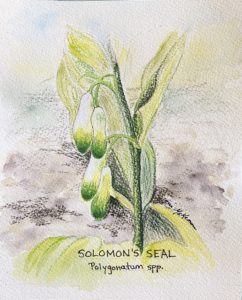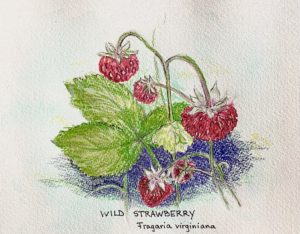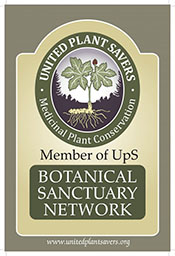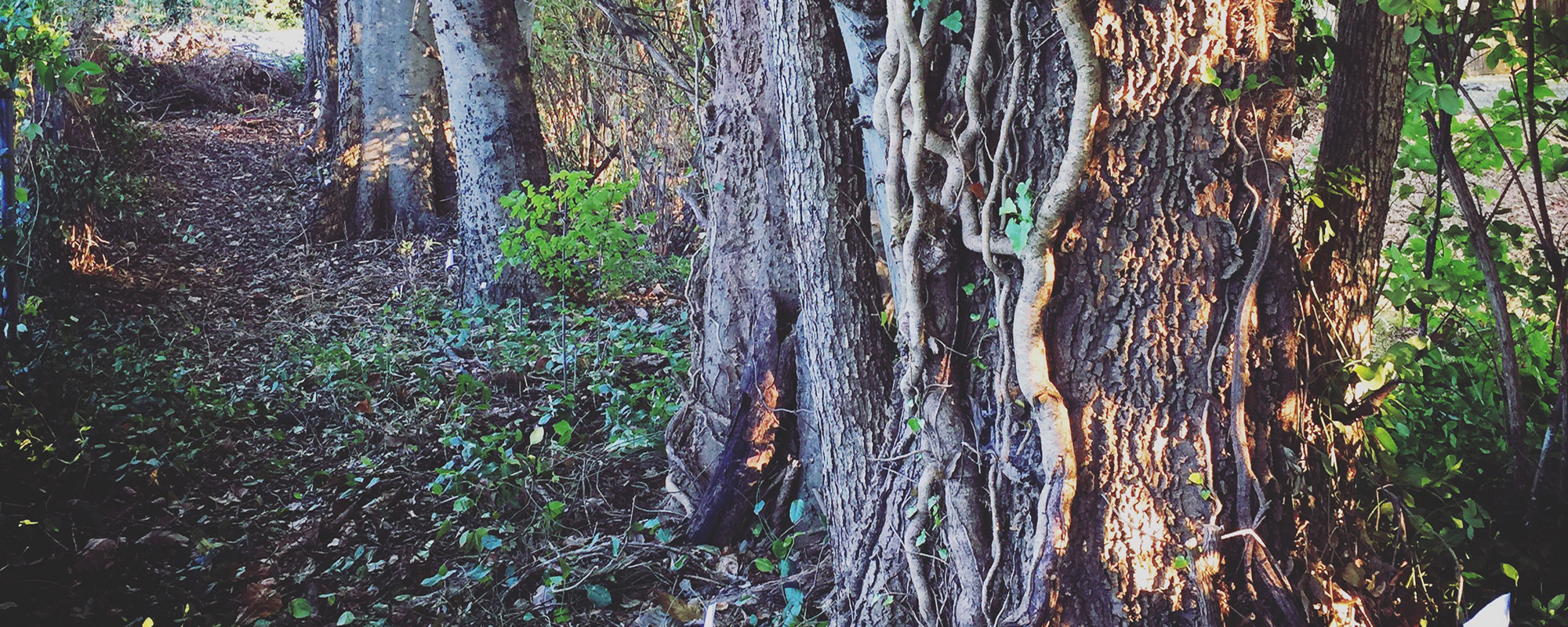When we first arrived here at The Spring House in 2018 there was little evidence of life or any real vital ecosystem, but now that has all changed.
In the time since then, this small patch of land has exploded with life. You can feel the energy of all the living things: multitudes of varieties of birds, pollinators of every size and shape, butterflies, reptiles, amphibians, fish, and even a few mammal residents. Basically any place that you are still in for a moment, will reward you with its vitality, and sometimes with a few unexpected surprises.
Our 1/3 acre now supports a number of micro-ecosystems, as we try to make room for all this life to join us.

THE MEADOW –
Previously all mowed grass, The Meadow is an area that we are rewilding. It is part sun and part shade, and is being allowed to grow naturally with a small amount of management. We have planted a number of natives here, and are delighted to see the various plants and flowers that spring up on their own, now that they have a space to do so. In 2021 and 2023 we lost some significant tree cover in this area, bringing a huge change to the amount of sunlight this area gets, which will no doubt bring changes to what grows there.
THE ARBORETUM – Our back fence line is a dense, fully shaded tree line, that is like a narrow strip of forest. When we moved here the trees were struggling against all the invasive non-native vines that were slowly choking them out, and the undergrowth was a tangled mess of chain link, and invasive shrubs and plants. It took two full years to clean most of this out; one segment at a time. We have cleaned out many of the invasive shrubs, replaced them with native shrubs, and slowly cut off the vines. Now that most of the vines have died off, it feels like the trees have sighed in relief and are becoming healthy again. We have also planted some at risk medicinal herbs there that prefer growing in wooded areas. One of our best compost piles is located there under the trees, with all the work being done by the earthworms.
THE BACKYARD – Most of this area is shaded, and was previously a ragged lawn. There is a small rain garden there that can even be sustained during dryer weather by a rain barrel. This area also includes a greenhouse. A newer addition is the Five Element Garden, a small meditative space place to pause and recharge.

THE FRONT YARD – This area was all lawn when we moved her, except for one dying willow tree that had to be removed, and one very old peach tree. It is a tough spot to grow in, located on the north east side of the house and property, meaning it is in the scorching heat most of the day in the summer, but then shady and wind blasted in the winter.
The first tree we put in was a Black Tupelo that is now the center of our compass garden, and since then many more trees, fruit bushes, and shrubs have been added. The area under the peach tree became a peach tree guild, and shares its space with some supporting plants on the edge of our herb spiral. Several small hugelkulturs have created additional growing spaces in the yard. The second year we put in a small self-sustaining pond.
Because it is the only sunny space on our property, our vegetables are grown here in the front yard, interspersed with many flowers and herbs. These gardens are not your typical rows of vegetable, but it is a wild mixture of plants that have created a beautiful and vibrant ecosystem, including berry bushes and fruit trees. Some of the veggies, herbs, and flowers even get replanted by birds offering a bounty of food and beauty that we did not even plant.
Each year as the trees and bushes we have planted grow and change, the canvas of this area shifts and changes as well. We are glad to say that the original lawn is slowly diminishing.

We are proud to have become part of the United Plant Savers Botanical Sanctuary Network in 2019. This network of medicinal botanical sanctuaries was established throughout the country, to not only serve as rich depositories for ‘at-risk’ North American medicinal plants, but also to serve as educational centers for plant conservation and organic cultivation. (Please check our Events page for classes.)
